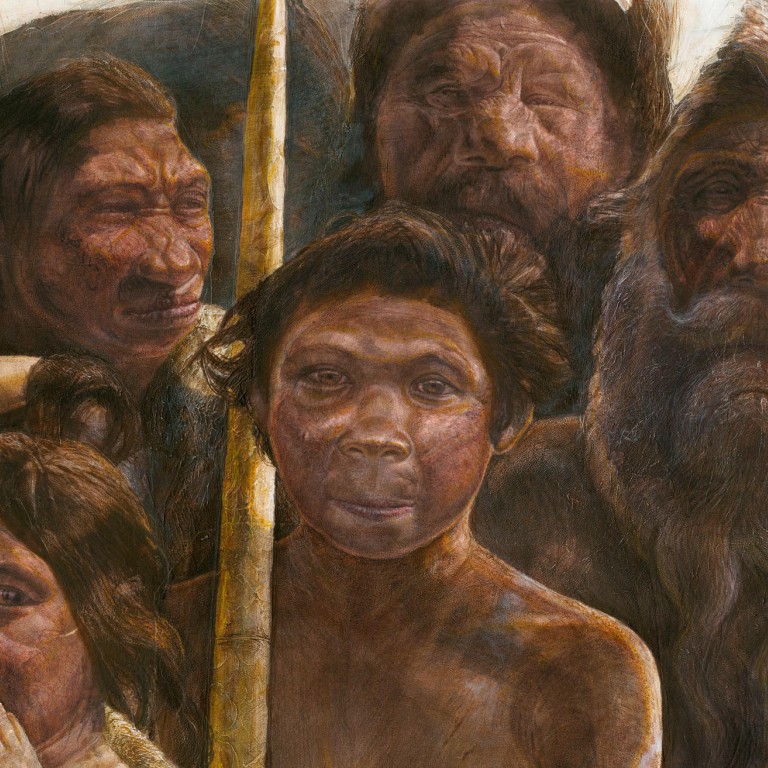
Scientists find 400,000-year-old DNA clue to human origins
Scientists say they have retrieved genetic material from a bone dating back 400,000 years, shattering the previous record of 100,000 years
Scientists have found the oldest DNA evidence yet of humans' biological history. But instead of neatly clarifying human evolution, the finding is adding new mysteries.

The fossil, a thigh bone found in Spain, had previously seemed to many experts to belong to a forerunner of Neanderthals. But its DNA tells a very different story.
It most closely resembles DNA from an enigmatic lineage of humans known as Denisovans. Until now, Denisovans were known only from DNA retrieved from 80,000-year-old remains in Siberia, 6,400 kilometres east of where the new DNA was found. The mismatch between the anatomical and genetic evidence surprised the scientists, who are now rethinking human evolution over the past few hundred thousand years.
It is possible, for example, that there are many extinct human populations that scientists have yet to discover. They might have interbred, swapping DNA. Scientists hope that further studies of extremely ancient human DNA will clarify the mystery.
"Right now, we've basically generated a big question mark," said Matthias Meyer, a geneticist at the Max Planck Institute for Evolutionary Anthropology in Leipzig, Germany, and a co-author of the new study.
Hints at new hidden complexities in the human story came from a 400,000-year-old femur found in a cave in Spain called , meaning "the pit of bones" in Spanish. The scientific team used new methods to extract the ancient DNA from the fossil.
"This would not have been possible even a year ago," said Juan Luis Arsuaga, a paleoanthropologist at Universidad Complutense de Madrid and a co-author of the paper.
When Meyer and his colleagues drilled into the femur, they found ancient human DNA inside, just as they had hoped.
"Our expectation was that it would be a very early Neanderthal," Meyer said.
But the DNA did not match that of Neanderthals. Meyer then compared it to the DNA of the Denisovans, the ancient human lineage that he and his colleagues had discovered in Siberia in 2010. He was shocked to find that it was similar.
"Everybody had a hard time believing it at first," Meyer said. "So we generated more and more data to nail it down."
The extra research confirmed that the DNA belonged on the Denisovan branch of the human family tree.
